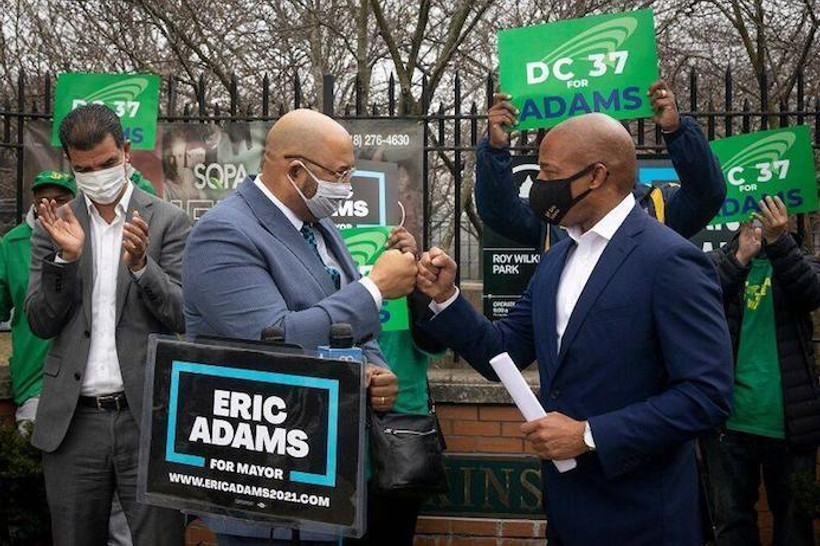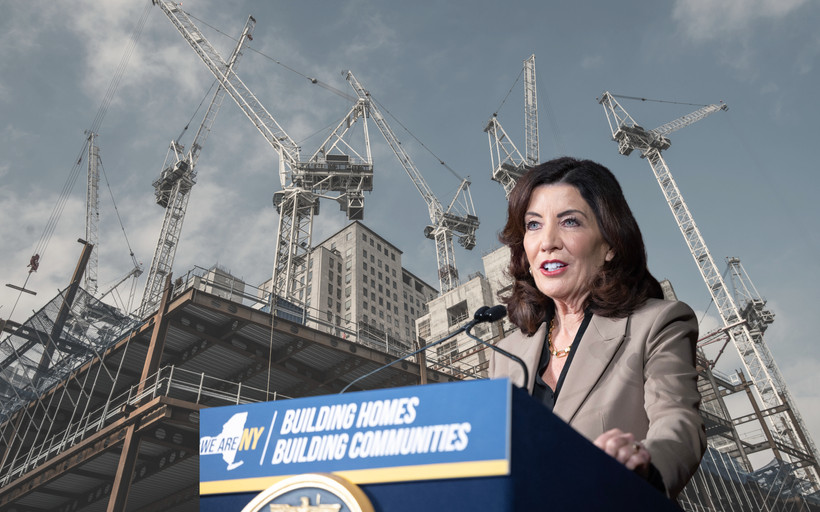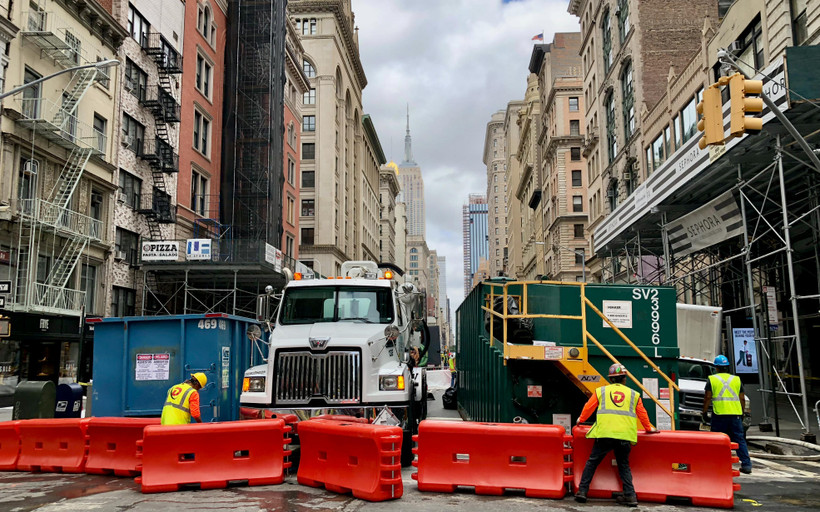Will ‘Blue Collar Mayor’ Adams Give City Unions What They Want?
With deep ties to both organized labor and the city’s business elite, Mayor Eric Adams will face tough tradeoffs on union contracts.


It’s the first step New York has taken to address its housing shortage in years — but tenant groups are fuming and real estate wants more.
A version of good cause eviction and new hate crimes are in; new taxes on the wealthy and education cuts are out. Here’s where things landed in this year’s budget.
The Assembly rejected legislation that would have sped up New York’s transition away from gas.
Previously unreleased disciplinary files expose officers who beat, slap, and pepper spray the residents they’re supposed to protect. Most are back at work within a month.
Referencing a New York Focus story, Assemblymember Jessica González-Rojas introduced legislation to prevent public agencies from naming the medically discredited condition in their reports.
In the New York City teachers union, anger over a plan to privatize retiree health care could send a longshot campaign over the edge.
Low-wage manual laborers can sue to make their bosses pay them weekly. Hochul’s late-breaking budget addition may undermine that right.
As real estate developers resist wage guarantees and try to roll back tenants’ rights, a potential budget deal is at an impasse.
As the state legislature considers a bill to change warranty payments, unions join their bosses to make car companies pay more.


